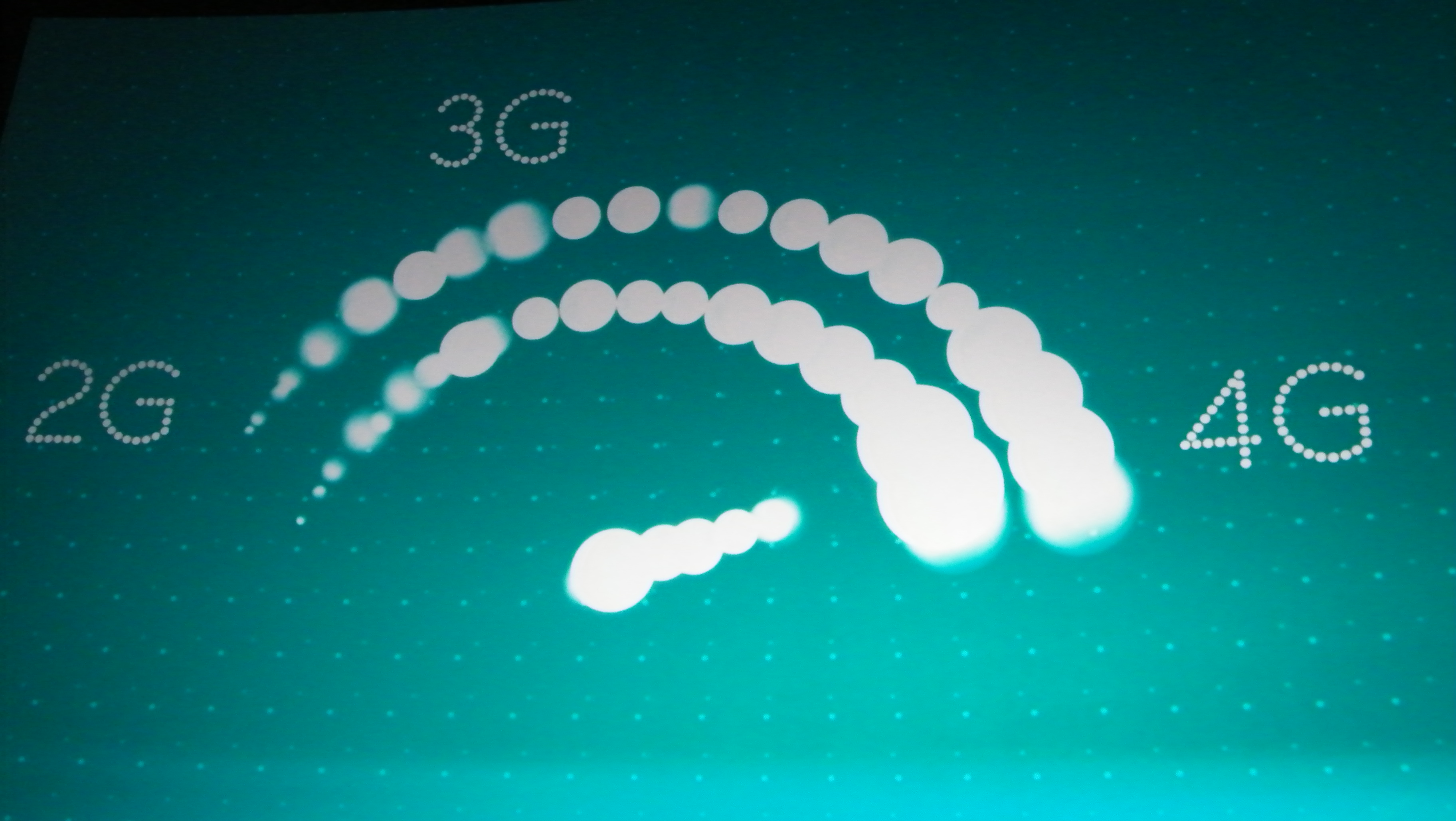Is 4G LTE developing fast enough in the UK?
We still lag behind other countries in certain respects

During mid-2013 and 2014, there was a noticeable apathy in customers around the 4G proposition – consumers simply didn't feel the need to upgrade their mobile internet.
There was an initial confusion around what 4G could offer, where and when it was available and how smartphone owners could use it without hitting data usage limits.
Combined with the slow rollout of networks and infrastructure between mid-2013 and 2014, the incentive to join the '4G revolution' was weak, with consumer expectations on service and connectivity not met to the same standards as 3G. Despite a concerted push by the pacesetters EE in late 2012, the network had to admit it faced teething problems when it came to the LTE rollout.
Customer confidence was shaken with a lack of coverage, and with the majority of early on-the-go mobile browsing consisting of checking emails and reading news, the appetite for 4G didn't really exist.
Better living through 4G
EE set the tone in educating consumers on the value of 4G and the benefits in terms of improving lives through better connectivity. Recently, rich media content and online apps have become increasingly popular, sparking a greater need for 4G, but coverage was simply too confined to major cities to be a tempting proposition.
However, there has been a resurgence of late – with the addition of the Cornish town Saltash to its 4G network, EE claims to offer coverage to 75% of the UK population, over 260 towns and cities.
CEO of EE, Olaf Swantee, said: "This is a landmark in our work to bring superfast mobile internet to as many people in as many places as possible. We know the benefits that 4G offers to consumers and businesses, and we're investing heavily in areas that have not previously had good mobile or fixed line coverage where those benefits can have an ever greater impact."
Are you a pro? Subscribe to our newsletter
Sign up to the TechRadar Pro newsletter to get all the top news, opinion, features and guidance your business needs to succeed!
Although EE is the forerunner in 4G, choosing to build its brand off the back of the 4G promise and offering the most widespread UK coverage, other players in the market such as O2, Vodafone and Three have closed the gap.
This competition has led to a heavy push of 4G from all major retailers, with an expectation that by 2015, 4G will be the only network offered in new contracts and upgrades.
Problem areas
However, all that said, the truth is the UK is still lagging behind other countries in the 4G race, both in terms of coverage availability and speed (data from Mobiles.co.uk Coverage Map):
- Australia offers the fastest average speeds of LTE, at 24.5Mbps, 9.7Mbps faster than the UK (which has an average of 14.7Mbps)
- Brazil's Claro network offers the fastest speed at 27.8Mbps, over 5Mbps faster than the UK's EE, which only reaches up to 22.7Mbps
- South Korea provides the most coverage to users with a 91% average, compared to the UK's average of 56%
- Sweden's Tele2 network offers the best coverage by individual network with 93%, compared to EE in the UK which provides LTE coverage to 73% of the population
It is clear that there is some catching up to be done, both in educating the general consumer and businesses on the benefits of 4G, as well as ensuring they can actually make full use of the network. The right 4G connection can connect businesses in rural areas with similar speeds found in urban hubs. While mobile devices become more advanced, consumers can enjoy the full use of their capabilities when combined with 4G.
With a slew of flexible and competitive 4G plans set to be offered by major retailers, and a race to provide the most UK coverage, 4G will inevitably be the future of mobile broadband, but the journey will be far rougher than previously thought.
- Jay Karsandas has been working in ecommerce retail for the past 8 years, predominantly in the Telecoms space with Mobiles.co.uk, part of the Carphone Warehouse Group. Specialising in the digital space, his expertise includes web development, search, display advertising, content, analytics and on-site conversion.